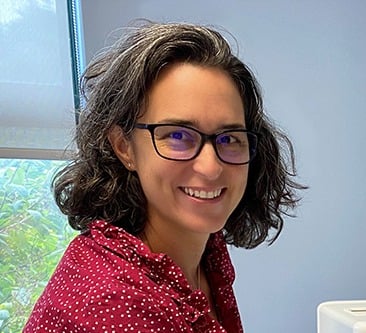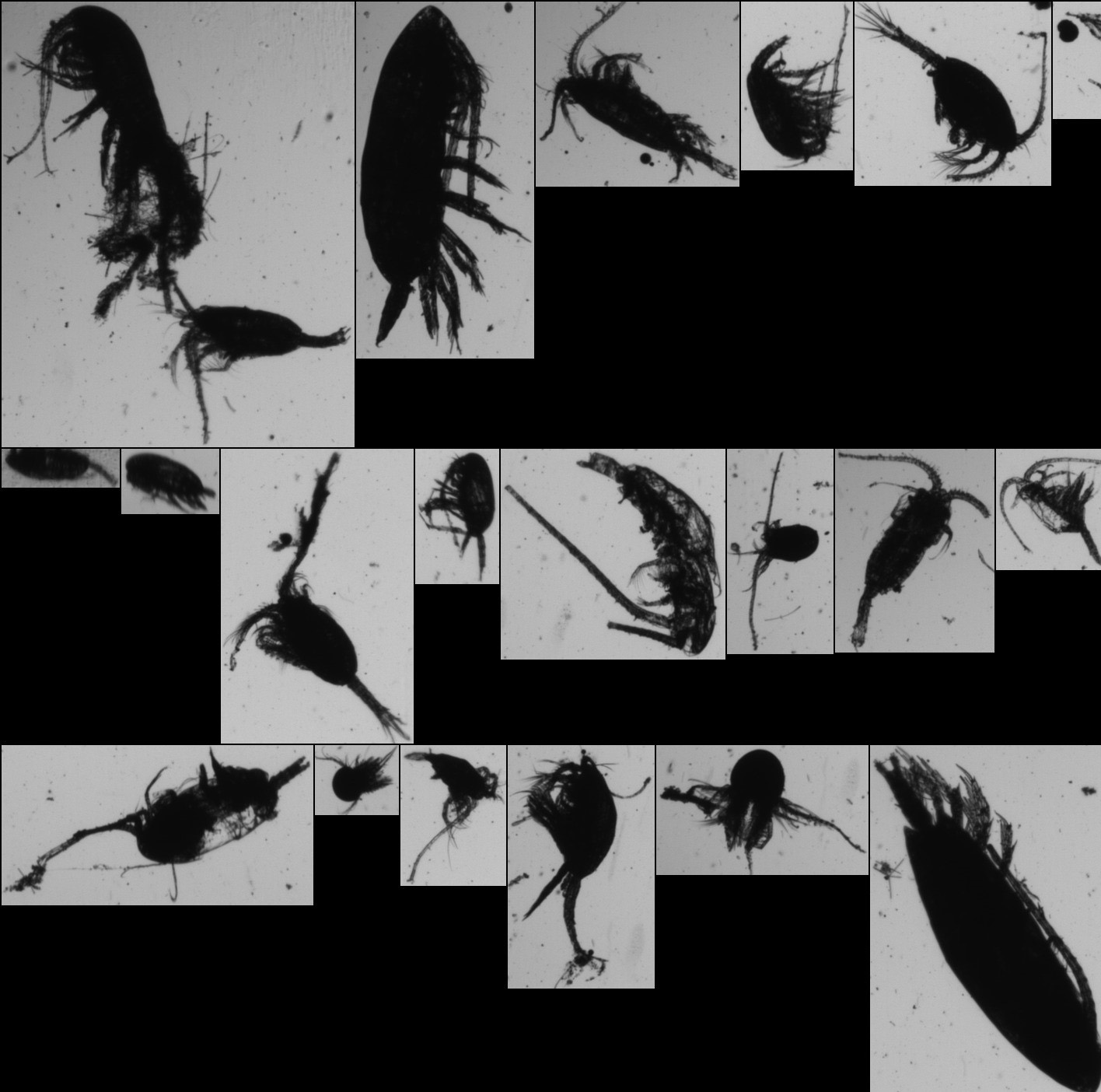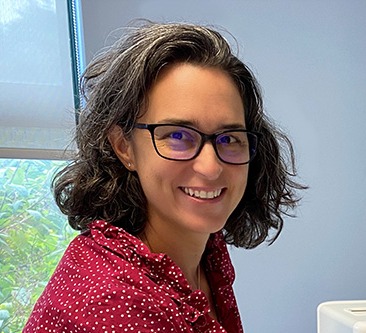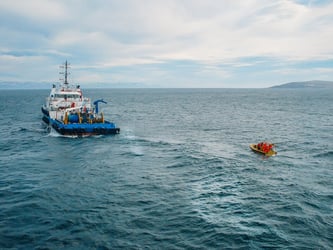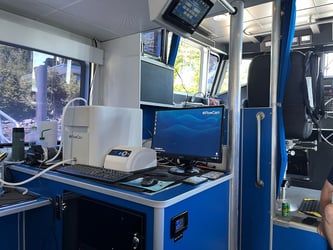In this paper, Kathryn Cook and colleagues at the University of Exeter used FlowCam to study how the daily migration patterns of zooplankton influence carbon cycling in the South Atlantic. Net samples collected throughout the 500 m water column during the day, over three visits to the Scotia Sea in austral spring, were used to calculate mesozooplankton and micronekton biomass values and ingestion and respiration rates– all factors that influence ocean biogeochemistry. Pictured here are Zooplankton samples from the South Atlantic and Southern Ocean.
Using FlowCam Macro, preserved mesozooplankton were imaged and manually classified into broad taxonomic groups. VisualSpreadsheet software abundance data were used to calculate biomass values based on published mass factors (Ward et al., 2012) and to account for relative abundances of species within a taxonomic group. Using FlowCam 8400 in auto-image mode, preserved microplankton samples taken from controlled laboratory copepod grazing experiments were counted, and concentrations were calculated. VisualSpreadsheet was used to create libraries of cell types and automatically classify particles into broad taxonomic groups. Biomass values calculated from particle volume and carbon-to-volume relationships (Alldredge, 1998, Menden-Deuer and Lessard, 2000) allowed for ingestion rates to be calculated (Frost, 1972) and converted to carbon-specific ingestion rates using published estimates of copepod biomass (Ward et al., 2012).
FlowCam analysis of the mesopelagic zooplankton and micronekton communities helped Cook and colleagues present vertical biomass profiles and estimates of daily ingestion and respiration rates – adding to the overall understanding of biologically-driven carbon sequestration in the epi- and mesopelagic zones open sea ecosystems.
Read the full paper here:
Kathryn B. Cook, Anna Belcher, Daniel Bondyale Juez, Gabriele Stowasser, Sophie Fielding, Ryan A. Saunders, Mohamed A. Elsafi, George A. Wolff, Sabena J. Blackbird, Geraint A. Tarling, Daniel J. Mayor. Carbon Budgets of Scotia Sea mesopelagic zooplankton and micronekton communities during austral spring. Published in the Deep-Sea Research Part II: Topical Studies in Oceanography journal (2023). https://doi.org/10.1016/j.dsr2.2023.105296
For those interested in reading more about FlowCam Macro, please review our curated list of studies featuring FlowCam Macro for zooplankton characterization in aquatic and environmental Research.







